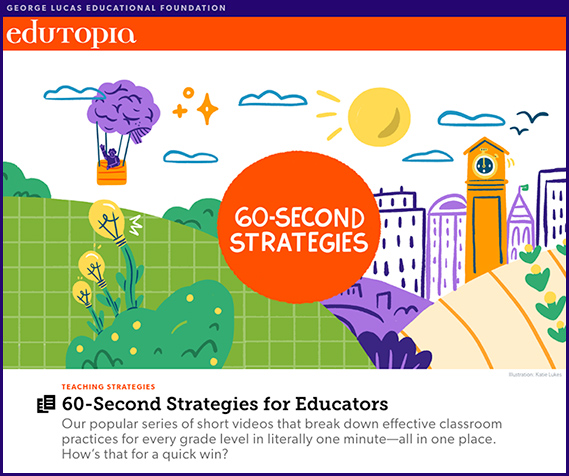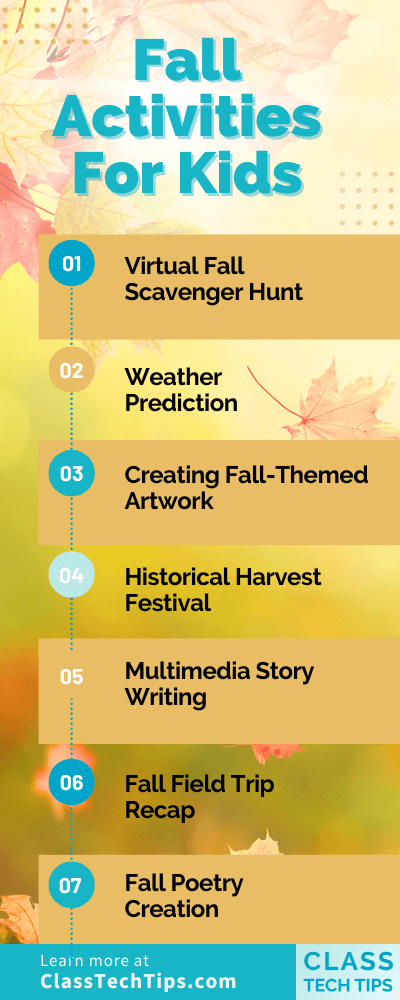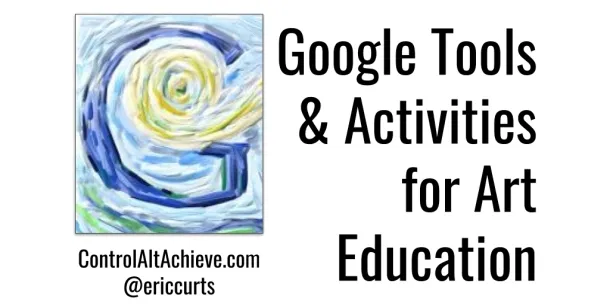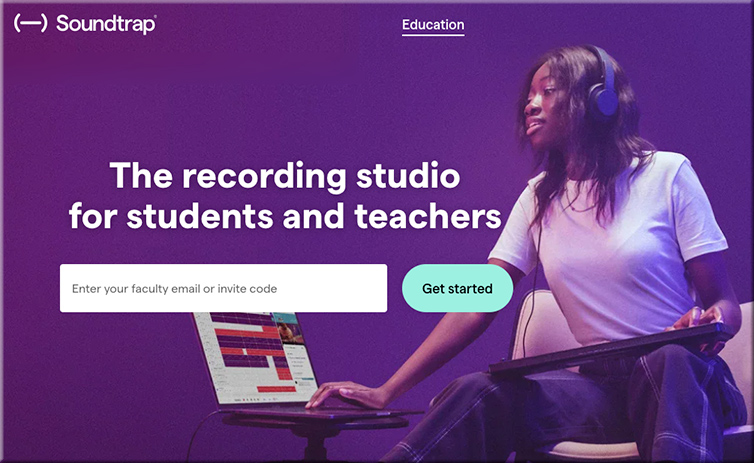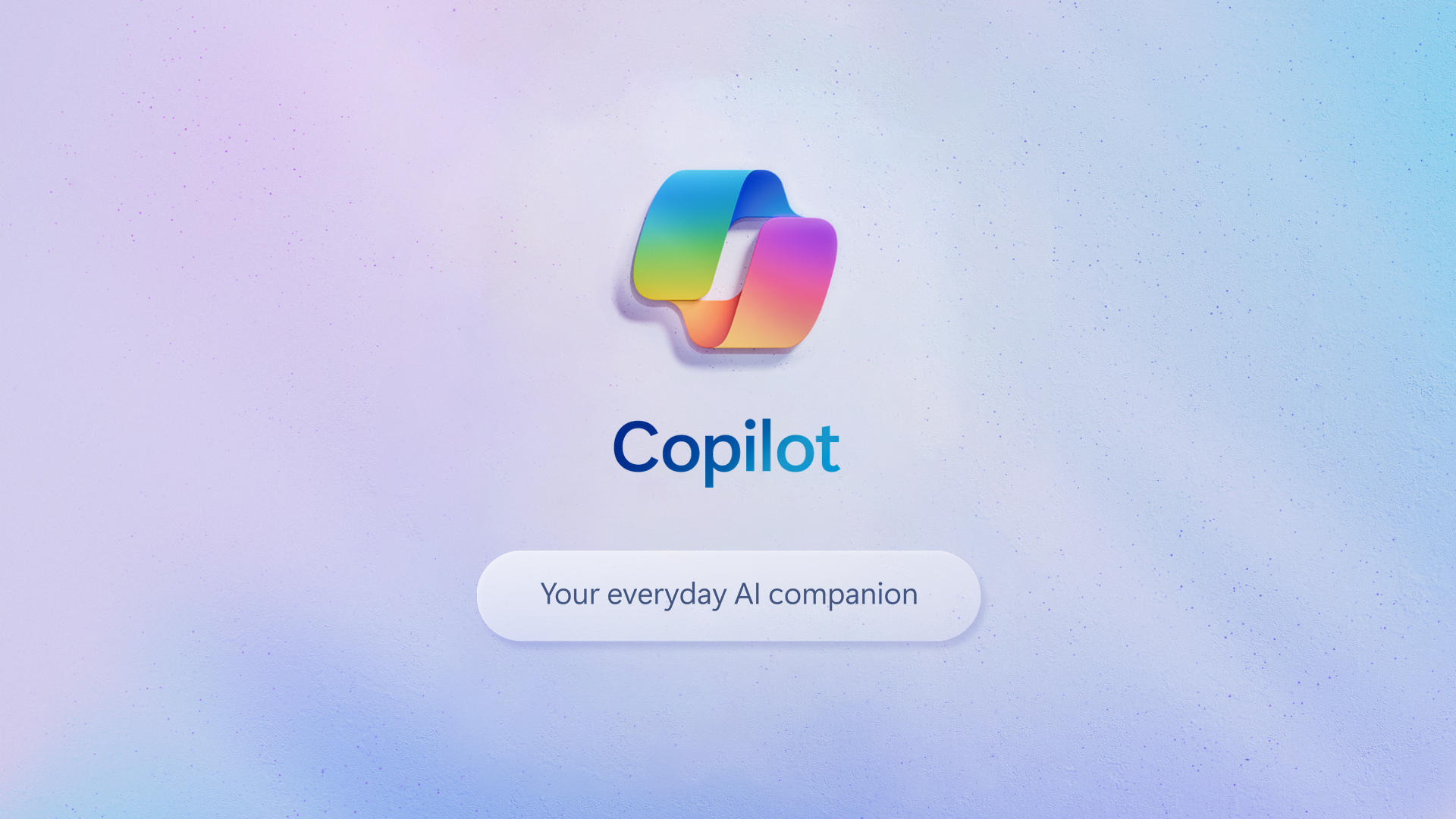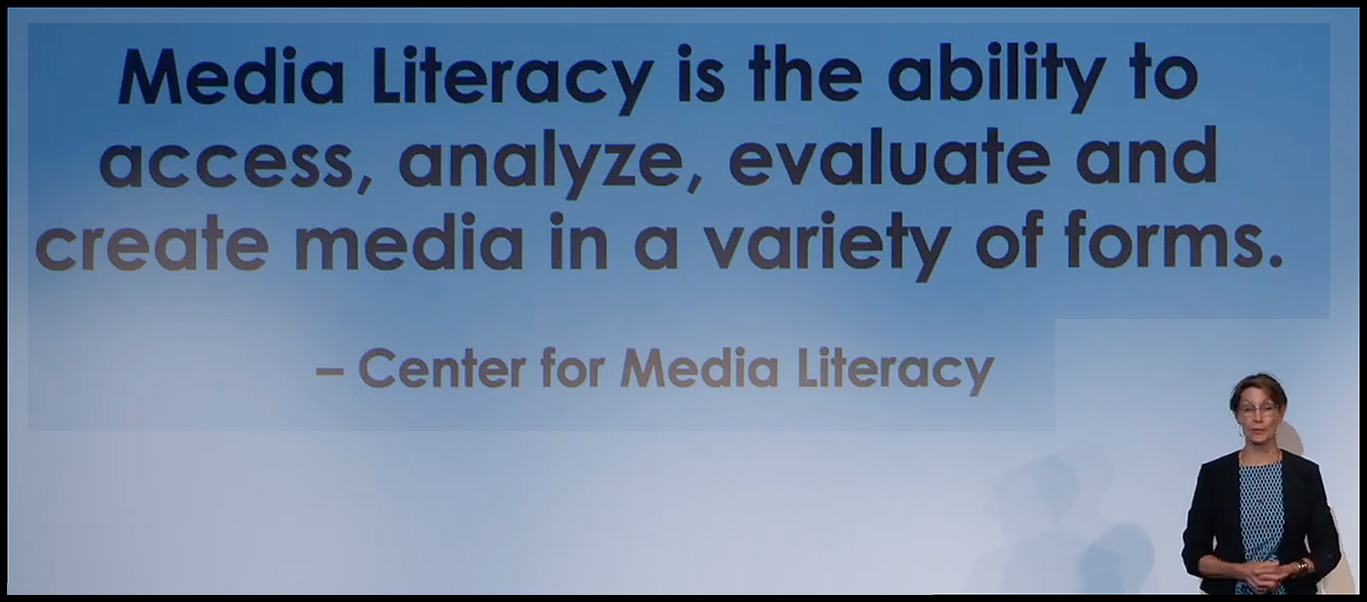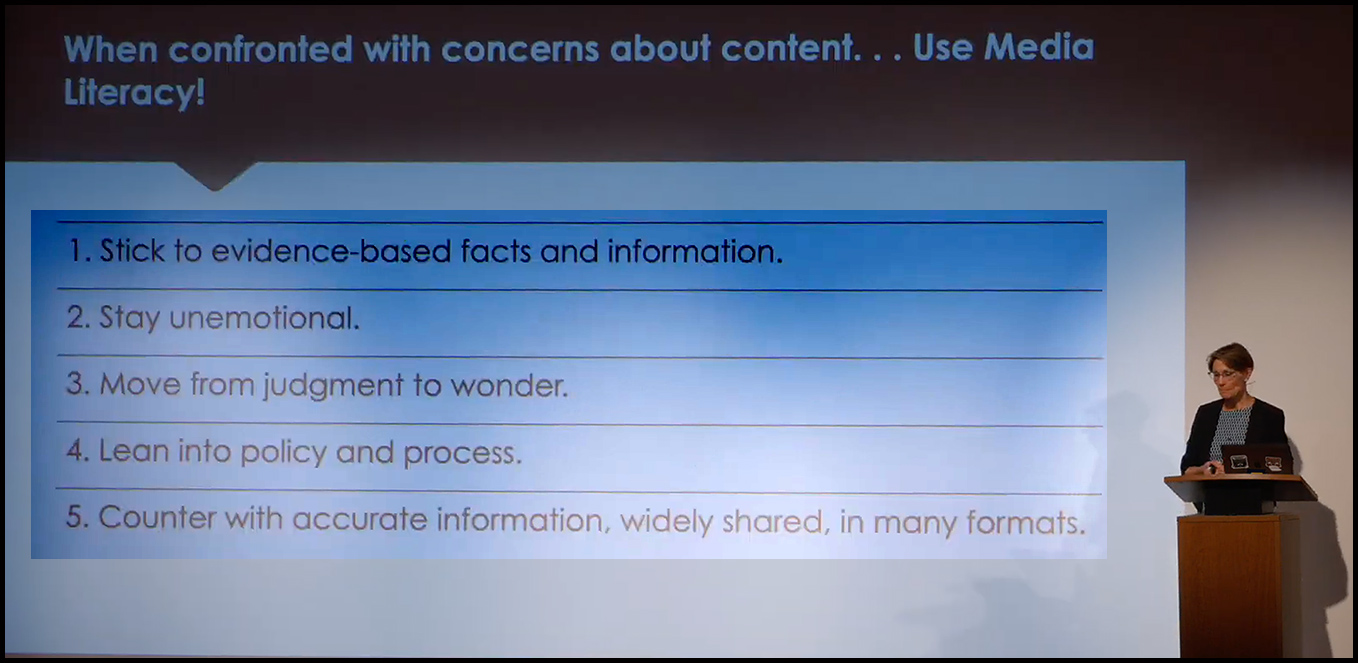Introductory comments from DSC:
Sometimes people and vendors write about AI’s capabilities in such a glowingly positive way. It seems like AI can do everything in the world. And while I appreciate the growing capabilities of Large Language Models (LLMs) and the like, there are some things I don’t want AI-driven apps to do.
For example, I get why AI can be helpful in correcting my misspellings, my grammatical errors, and the like. That said, I don’t want AI to write my emails for me. I want to write my own emails. I want to communicate what I want to communicate. I don’t want to outsource my communication.
And what if an AI tool summarizes an email series in a way that I miss some key pieces of information? Hmmm…not good.
Ok, enough soapboxing. I’ll continue with some resources.
ChatGPT Enterprise
Introducing ChatGPT Enterprise — from openai.com
Get enterprise-grade security & privacy and the most powerful version of ChatGPT yet.
We’re launching ChatGPT Enterprise, which offers enterprise-grade security and privacy, unlimited higher-speed GPT-4 access, longer context windows for processing longer inputs, advanced data analysis capabilities, customization options, and much more. We believe AI can assist and elevate every aspect of our working lives and make teams more creative and productive. Today marks another step towards an AI assistant for work that helps with any task, is customized for your organization, and that protects your company data.
Enterprise-grade security & privacy and the most powerful version of ChatGPT yet. — from openai.com
NVIDIA
Nvidia’s Q2 earnings prove it’s the big winner in the generative AI boom — from techcrunch.com by Kirsten Korosec
Nvidia Quarterly Earnings Report Q2 Smashes Expectations At $13.5B — from techbusinessnews.com.au
Nvidia’s quarterly earnings report (Q2) smashed expectations coming in at $13.5B more than doubling prior earnings of $6.7B. The chipmaker also projected October’s total revenue would peak at $16B
MISC
OpenAI Passes $1 Billion Revenue Pace as Big Companies Boost AI Spending — from theinformation.com by Amir Efrati and Aaron Holmes
OpenAI is currently on pace to generate more than $1 billion in revenue over the next 12 months from the sale of artificial intelligence software and the computing capacity that powers it. That’s far ahead of revenue projections the company previously shared with its shareholders, according to a person with direct knowledge of the situation.
OpenAI’s GPTBot blocked by major websites and publishers — from the-decoder.com by Matthias Bastian
An emerging chatbot ecosystem builds on existing web content and could displace traditional websites. At the same time, licensing and financing are largely unresolved.
OpenAI offers publishers and website operators an opt-out if they prefer not to make their content available to chatbots and AI models for free. This can be done by blocking OpenAI’s web crawler “GPTBot” via the robots.txt file. The bot collects content to improve future AI models, according to OpenAI.
Major media companies including the New York Times, CNN, Reuters, Chicago Tribune, ABC, and Australian Community Media (ACM) are now blocking GPTBot. Other web-based content providers such as Amazon, Wikihow, and Quora are also blocking the OpenAI crawler.
Introducing Code Llama, a state-of-the-art large language model for coding — from ai.meta.com
Takeaways re: Code Llama:
- Is a state-of-the-art LLM capable of generating code, and natural language about code, from both code and natural language prompts.
- Is free for research and commercial use.
- Is built on top of Llama 2 and is available in three models…
- In our own benchmark testing, Code Llama outperformed state-of-the-art publicly available LLMs on code tasks
Key Highlights of Google Cloud Next ‘23— from analyticsindiamag.com by Shritama Saha
Meta’s Llama 2, Anthropic’s Claude 2, and TII’s Falcon join Model Garden, expanding model variety.
AI finally beats humans at a real-life sport— drone racing — from nature.com by Dan Fox
The new system combines simulation with onboard sensing and computation.
From DSC:
This is scary — not at all comforting to me. Militaries around the world continue their jockeying to be the most dominant, powerful, and effective killers of humankind. That definitely includes the United States and China. But certainly others as well. And below is another alarming item, also pointing out the downsides of how we use technologies.
The Next Wave of Scams Will Be Deepfake Video Calls From Your Boss — from bloomberg.com by Margi Murphy; behind paywall
Cybercriminals are constantly searching for new ways to trick people. One of the more recent additions to their arsenal was voice simulation software.
10 Great Colleges For Studying Artificial Intelligence — from forbes.com by Sim Tumay
The debut of ChatGPT in November created angst for college admission officers and professors worried they would be flooded by student essays written with the undisclosed assistance of artificial intelligence. But the explosion of interest in AI has benefits for higher education, including a new generation of students interested in studying and working in the field. In response, universities are revising their curriculums to educate AI engineers.










